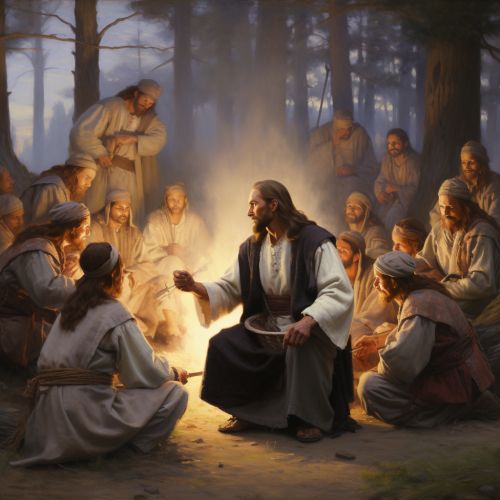Christianization of Scandinavia
Introduction
The Christianization of Scandinavia refers to the process by which the regions of Scandinavia were converted to Christianity from their indigenous Norse paganism. This process spanned the 8th to the 12th centuries, with the Christianization of Denmark and Sweden generally considered to have preceded that of Norway. The process was characterized by periods of intense missionary activity, political maneuvering, and violent conflict, often intertwined.


Historical Background
Prior to the Christianization, the Norse people practiced a polytheistic religion, worshipping a pantheon of gods led by Odin, Thor, and Freyr. This belief system, known as Norse paganism, was deeply ingrained in the societal structure and cultural practices of the Norse people. The conversion to Christianity, therefore, represented a significant shift in societal norms and cultural practices.
Missionary Activity
The Christianization of Scandinavia was largely driven by the efforts of Christian missionaries, both from within Scandinavia and from foreign lands. The earliest recorded missionary activity in Scandinavia dates back to the 8th century, with the arrival of the English monk Willibrord. Willibrord's efforts, however, met with limited success, and it was not until the 9th century that more substantial progress was made.
Political Factors
The conversion process was also heavily influenced by political factors. Many of the Scandinavian rulers during this period saw Christianity as a means to consolidate their power and establish stronger ties with the powerful Christian kingdoms of Europe. The conversion of the Danish King Harald Bluetooth to Christianity in the mid-10th century, for instance, was a significant turning point in the Christianization of Denmark.
Violent Conflict
The Christianization of Scandinavia was not a peaceful process. There were periods of violent conflict between the Christian converts and the adherents of the old Norse religion. The St. Brice's Day massacre in England in 1002, in which many Scandinavians were killed, is one example of such conflict.
Impact on Society and Culture
The Christianization of Scandinavia had profound effects on the society and culture of the region. The adoption of Christianity led to the dissolution of the old Norse societal structure and the establishment of a new societal order based on Christian principles. The cultural practices of the Norse people also underwent significant changes, with many of the old pagan practices being replaced by Christian ones.
Legacy
The Christianization of Scandinavia left a lasting legacy on the region. The conversion to Christianity marked the end of the Viking Age and the beginning of the Middle Ages in Scandinavia. The Christian Church became a dominant institution in Scandinavian society, shaping its culture, politics, and social structure for centuries to come.
